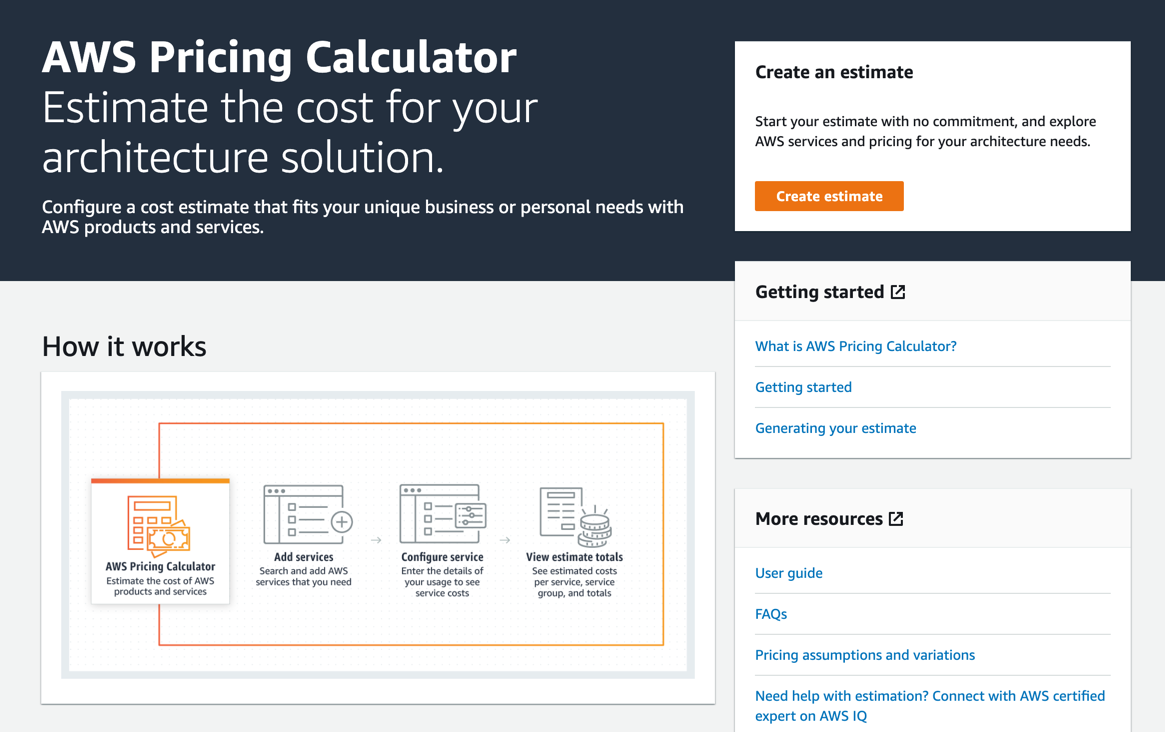
Which increases the availability and durability of your database.įor databases used for development or staging environments, redundancy may not be as critical. Once you have chosen a plan size, you should consider whether you need to run your database in multiple availability zones, xlarge-* plans: Good for very high-traffic applications.large-* plans: Good for high-traffic applications.medium-* plans: Good general purpose plan for applications.small-* plans: Good for low-traffic applications.micro-* plans: Good for prototyping and development.In general, the following guidance can be offered for the database plan sizes: Unfortunately, specifying the exact maximum number of database connections forĮach plan size is difficult because the maximum is calculated by AWS using a formulaĪnd not all of the inputs to the formula are known in advance to customers. The maximum number of available database connections will also differ between each plan size, in proportion to That is heavily CPU-bound or memory-bound. These parameters may be important to consider when choosing a plan for an application

The primary differences between each database plan size are the available CPU cores and memory for databasesĬreated with that plan. Choosing a database planįor PostgreSQL and MySQL, we offer a range of database plans in different sizes (e.g. After 1TB, each additional terabyte will cost $300 per month. If you need to determine the exact version of the RDS service deployed, see this knowledge base article.Īdditional Cost: All databases have a limit of 1TB in storage. The dedicated plans listed above (marked “AWS RDS Latest”) deploy the default version as advertised by AWS.

You can always view an up-to-date version of this list directly in your command line as well with the following command (using cf CLI version 6): Only the micro-psql and small-mysql plans are available in sandbox spaces. Single-AZ RDS instance of Oracle SE2, minimum 1 core, minimum 4 GiB memory Multi-AZ RDS instance of MySQL, minimum 2 cores, minimum 16 GiB memory Single-AZ RDS instance of MySQL, minimum 2 cores, minimum 16 GiB memory Multi-AZ RDS instance of MySQL, minimum 1 core, minimum 8 GiB memorye Multi-AZ RDS instance of MySQL, minimum 1 core, minimum 8 GiB memory Single-AZ RDS instance of MySQL, minimum 1 core, minimum 8 GiB memory Multi-AZ RDS instance of MySQL, minimum 2 cores, minimum 4 GiB memory Single-AZ RDS instance of MySQL, minimum 2 cores, minimum 4 GiB memory Multi-AZ RDS instance of MySQL, minimum 1 core, minimum 2 GiB memory Single-AZ RDS instance of MySQL, minimum 1 core, minimum 2 GiB memory Multi-AZ RDS instance of PostgreSQL, minimum 2 cores, minimum 16 GiB memory Single-AZ RDS instance of PostgreSQL, minimum 2 cores, minimum 16 GiB memory Multi-AZ RDS instance of PostgreSQL, minimum 1 core, minimum 8 GiB memory Single-AZ RDS instance of PostgreSQL, minimum 1 core, minimum 8 GiB memory Single-AZ RDS instance of PostgreSQL, minimum 1 core, minimum 4 GiB memory Single-AZ RDS instance of PostgreSQL, minimum 1 core, minimum 4 GiB memor Multi-AZ RDS instance of PostgreSQL, minimum 1 core, minimum 2 GiB memor Single-AZ RDS instance of PostgreSQL, minimum 1 core, minimum 2 GiB memor Multi-AZ RDS instance of PostgreSQL, minimum 1 core, minimum 1 GiB memory

Single-AZ RDS instance of PostgreSQL, minimum 1 core, minimum 1 GiB memory The redundant label in an RDS plan name indicates it is a Multi-AZ (Availability Zone) deployment. If your application uses relational databases for storage, you can use the AWS RDS service to create a database instance. Setting up a local development environment.Managing user access to orgs and spaces.How helps teams comply with requirements.


 0 kommentar(er)
0 kommentar(er)
